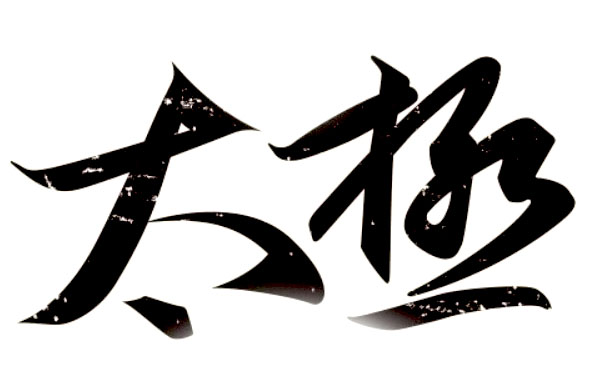Compared to track and field, ball games, and other sports, practicing Tai Chi consumes relatively less energy and material resources. However, some energy and substance supply are still necessary to adapt to the practice. Practicing Tai Chi on an empty stomach before meals is not recommended because the body lacks energy, and the brain has reduced blood flow during fasting, with blood flowing more towards the limbs during exercise. Within half an hour to 1 hour before meals, it is not suitable to practice fast movements or competitive push hands, sparring, but some exercises with relatively low intensity are still acceptable.
After practicing Tai Chi, it is also important to wait for a certain period before having a meal. During exercise, the central nervous system responsible for managing muscle activities is in a highly excited state, while the digestive organs are suppressed. It takes some time for the digestive organs to recover their activity. Therefore, it is generally not advisable to eat immediately after a long session of Tai Chi practice. Rest for about 20 to 30 minutes before having a meal.
Exercise requires a large amount of blood to increase oxygen supply. After a full meal, the body requires blood supply for digestion and absorption in the gastrointestinal system. If exercise is done immediately after eating without sufficient rest, a significant amount of blood will be redirected from the digestive system to muscles, bones, heart, and other organs involved in movement. As a result, the required blood for digestion in the gastrointestinal system decreases, hindering its normal function and leading to discomfort, even abdominal pain, after exercise. Over time, this unhealthy habit may cause more gastrointestinal issues such as common gastric problems and appendicitis. It is important to prioritize the well-being of the digestive system even when focusing on fitness and martial arts. After about 1 hour after a meal, the peak of food digestion has passed. Generally, one can perform basic exercises, form practice, and sticky push hands involving listening and understanding the opponent’s energy. However, it is still not suitable for fast movements or competitive push hands, sparring, and it’s better to wait for another half an hour.
It’s worth noting that the interval between meals and exercise depends mostly on the type and amount of food consumed, as well as age, physical condition, and exercise intensity. For young and middle-aged individuals, if the meal before exercise is large and mainly consists of protein and fat-rich foods, the interval should be longer. If the meal is smaller and primarily composed of carbohydrates, the interval can be slightly shorter.


